In the past, traditional orchards often played a central role in village life. Farmers would call in help from all sorts of places at harvest time, enticing workers by offering cider or beer on top of regular payment. In fact, many workers would choose a farm based on the quality of the alcohol.
Orchards have played such a pivotal (yet understated) role in the history of the British Isles, and have been apart of our culture for at least the last 2,500 years. They were places for meeting, socialising, and celebrating. In much the same way, modern community orchards are still fantastic places for people to come together and share in the experience of growing and cultivating food. But more than this, community orchards offer a space for communal activities such as blossom days, picnics, natural play, storytelling events, and festival celebrations.
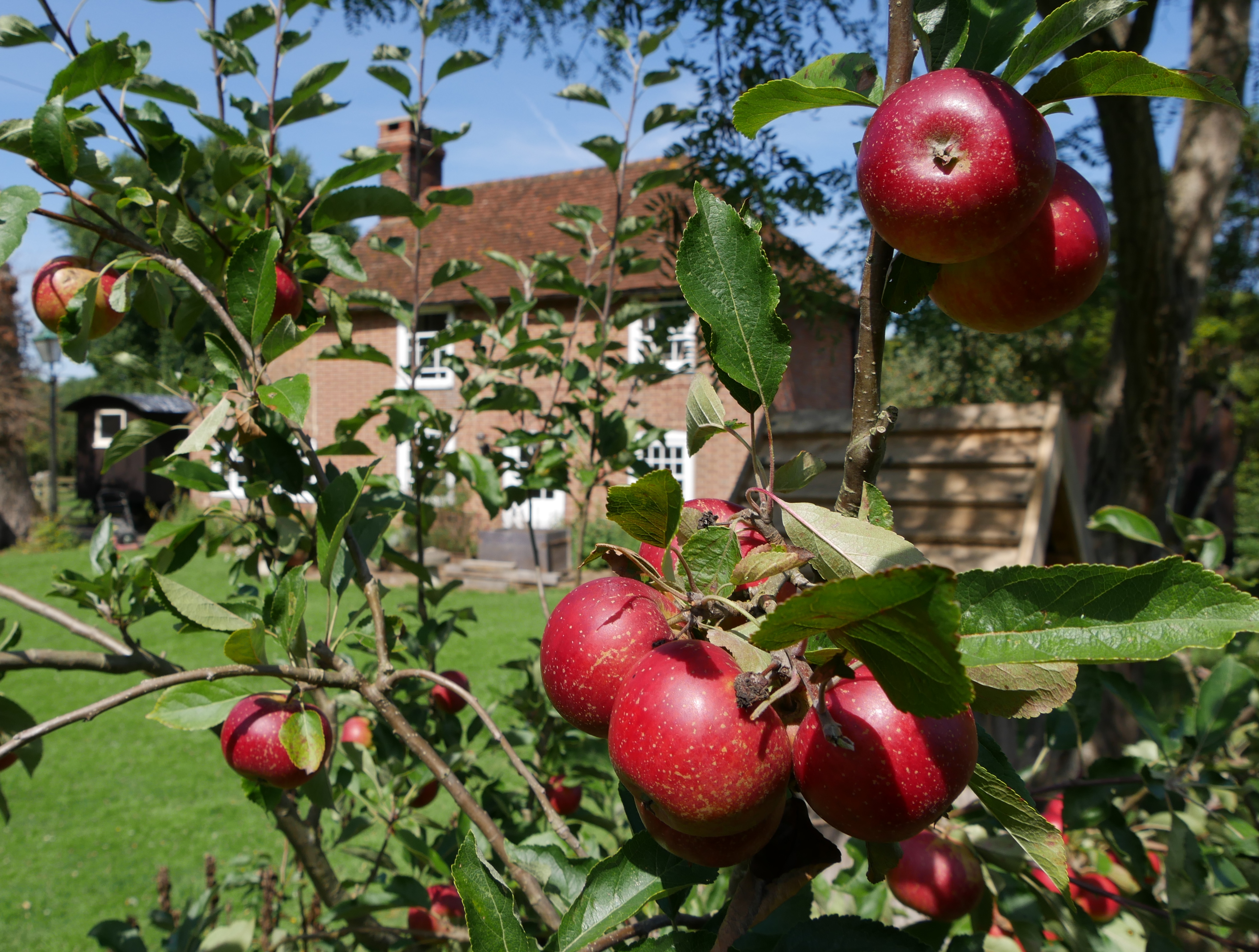
Apples at the Farmhouse
Orchards contain such vast and (unfortunately) untapped potential. They really do deserve a home in every community, but unfortunately they’ve been in massive decline over the past hundred years or so. That said, there’s never been a better time to bring them back and explore all their wonderful possibilities. So let’s take a look at a few and see why community orchards offer so much more than a basket full of rosey apples…
Orchards provide a place for communal reconnection
Orchards can be especially beneficial in cities and heavily-urbanised areas where people are more isolated from nature. By interacting with green spaces, no matter how small, children and adults alike can reestablish a connection with natural world and feel empowered to protect the nature that surrounds them. The importance of this really can’t be overstated, as people living in built-up urban areas can suffer badly from a sense of disconnection – not only from nature but from their neighbours as well.
Planting orchards in areas like these could massively boost community wellbeing by establishing and reinforcing social ties, and encouraging neighbours to come together and share in communal endeavour.
They can make us happier
Spending time in an orchard means spending time outdoors, and being outdoors can work wonders for our mental health.
Investing our time, effort, and emotion into something living and growing can fill us with a sense of satisfaction and fulfilment. And by sharing that experience with others, we have the opportunity to engage in a communally uplifting pastime.
Not only that, but the physical exercise involved in tending an orchard can make us physically healthier and stronger. And exercise influences the release of endorphins in the brain, which makes us feel good. In fact, even short sessions of gentle exercise can increase alertness and boost mood – another reason to get out in the orchard!
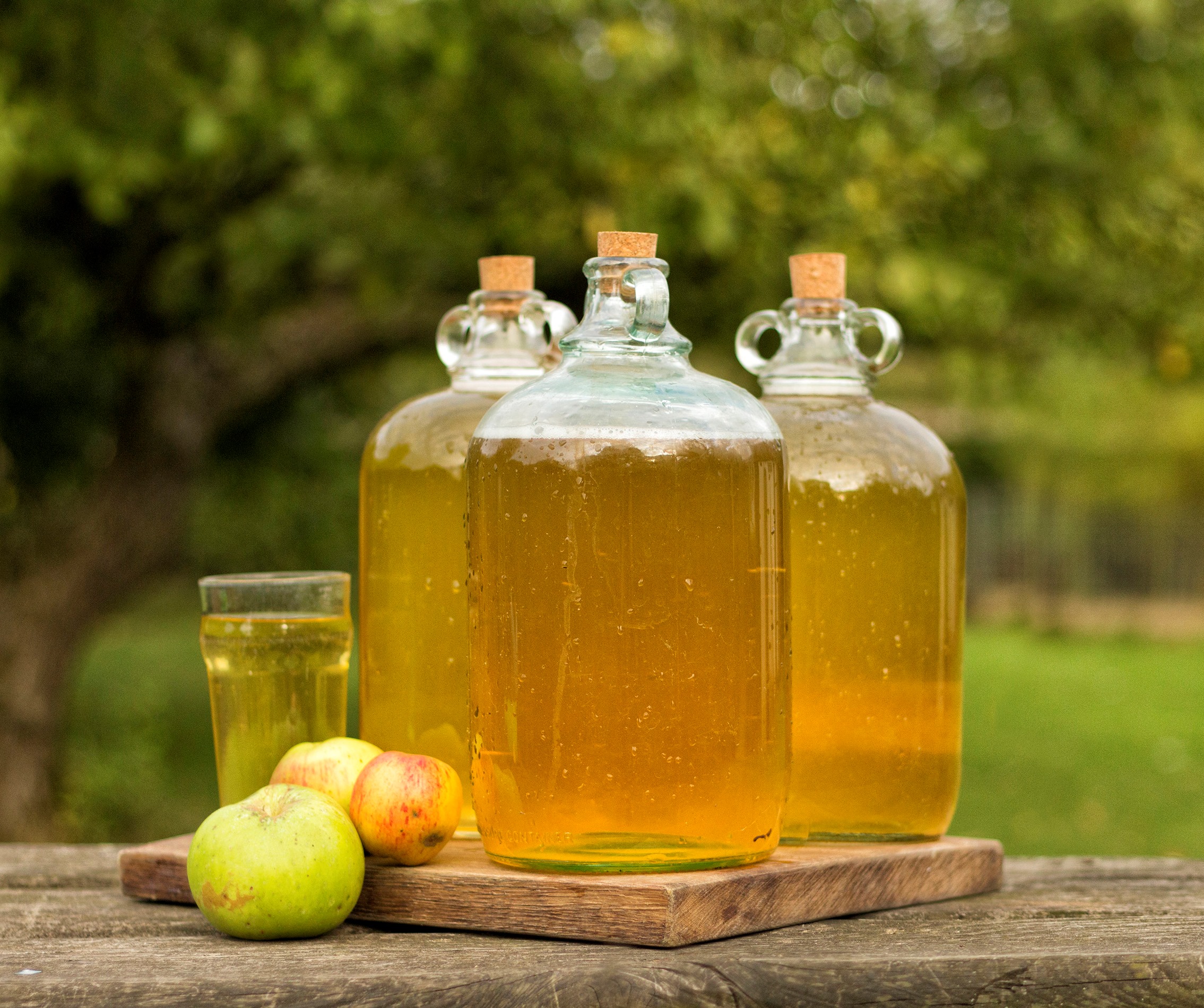
Activities like jam- and juice-making are also fun ways to explore the many possibilities of growing and harvesting fruit, and can bring lots of joy to people of all ages.
Orchards offer a space for traditional skills training
Pruning, grafting, thinning, picking, wildlife watching, jam making. One of the great practical advantages of a community orchard is the platform it provides for the transference of traditional skills from generation to generation.
Many school children (especially those living in more urbanised areas) may never have come into contact with a living fruit tree before. Not only does an easily-accessible orchard provide functional educational opportunities, but it can also act as a living gallery in which children (and adults too) can observe the natural cycle of fruit growth.
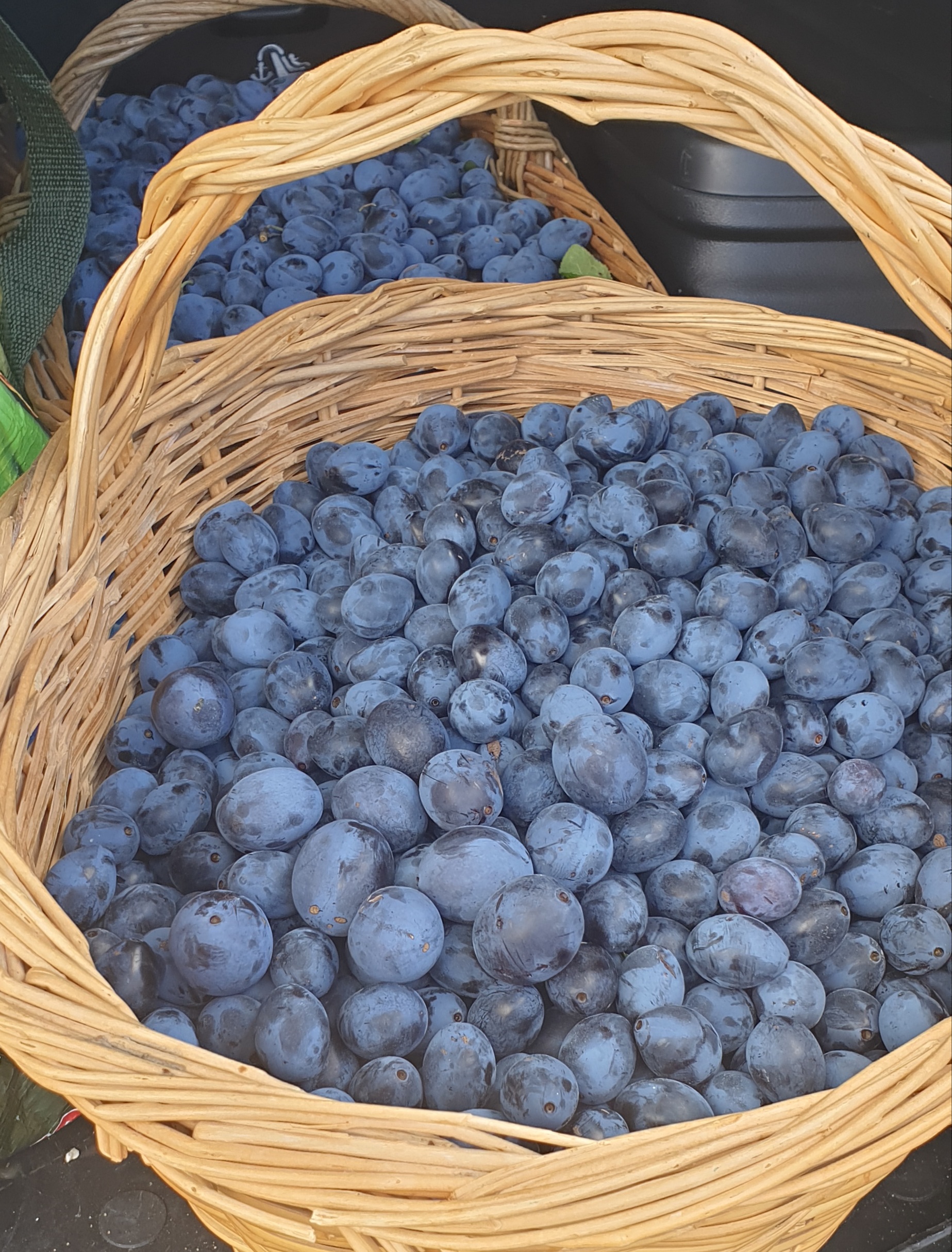
Baskets of Damsons
On an even simpler level it also connects us with the cycle of the seasons, demonstrating the ebb the and flow nature in a microcosm.
A space for bringing people together
The physical space in which a community orchard is planted may affect its ultimate use and purpose. But in any case, whether it’s on the grounds of a school, hospital, or residential care home, an orchard can very easily become the focal point of the surrounding community, providing many opportunities for social interaction and peer support.
This can be particularly important in places such as care homes and hospitals, where spending time interacting with nature can enormously increase emotional and social wellbeing. In fact according to Mind, the mental health charity, spending time in green spaces growing food can improve mood, reduce feelings of stress and anger, help make new connections, and boost self-esteem.
There’s also scope to involve community members in less-commonly celebrated events like the Wassail and Apple Day, allowing them to connect with older traditions.
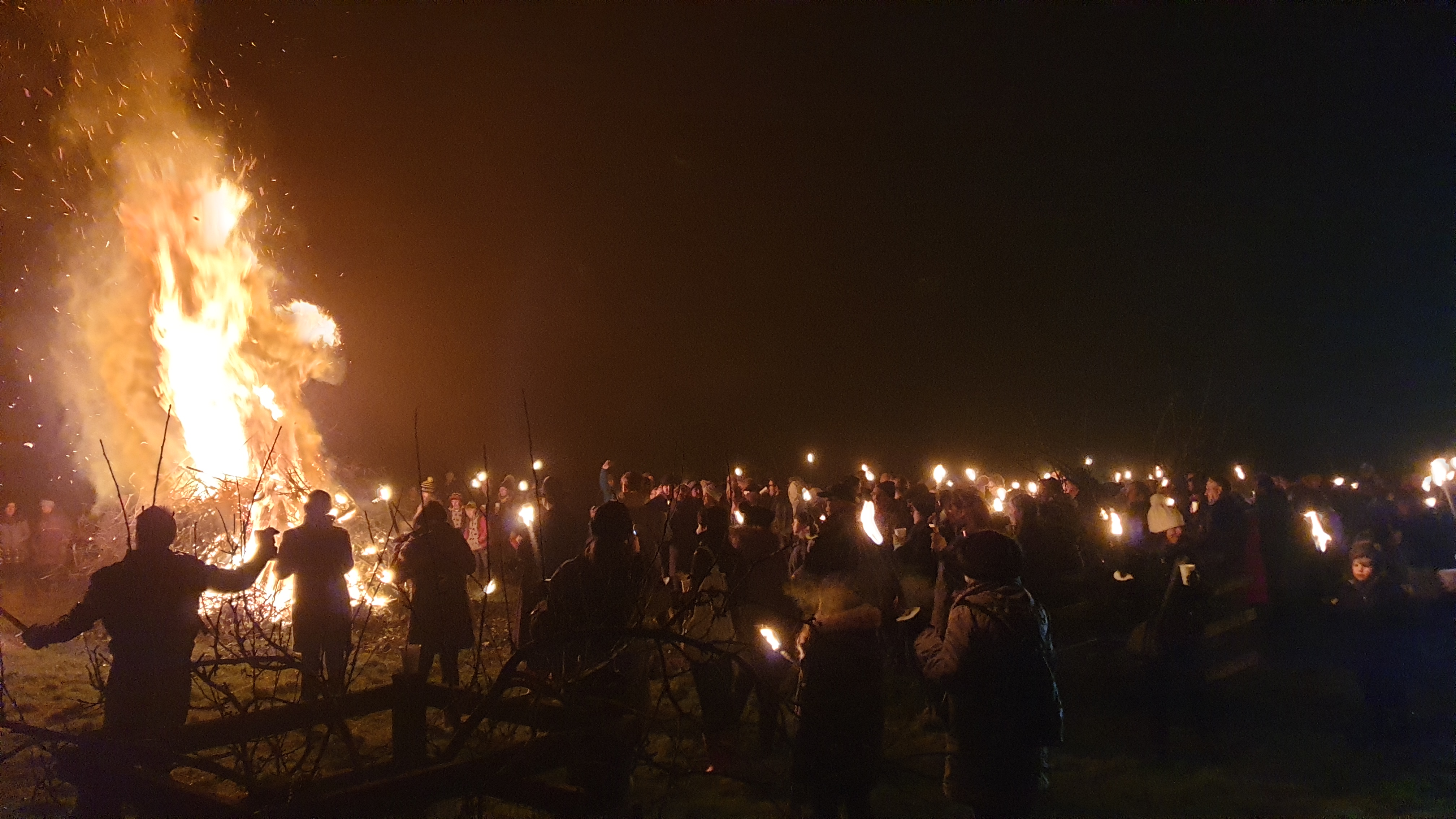
Wassail Night
This all makes an immense contrast to the often isolating experience of being inside alone. Whether it’s in a school, nursing home, or hospital, sitting at tables and beds can scarcely compare to the feeling of sitting on the grass under the shade of a fruit tree.
Organic and heritage growing
There are thousands of varieties of apples that have been cultivated over the years. Yet in most supermarkets you’d be hard-pressed to find more than a handful on offer.
Establishing community orchards allows us to re-establish heritage apples that most people will likely never have tasted in their lives. Take greengages, for example, which are rarely available commercially due to their shorter shelf life — so one of the only ways to enjoy this wonderful variety is to grow it yourself! This is a very exciting and empowering prospect, and really helps people to reconnect with the tradition they’re engaging with.
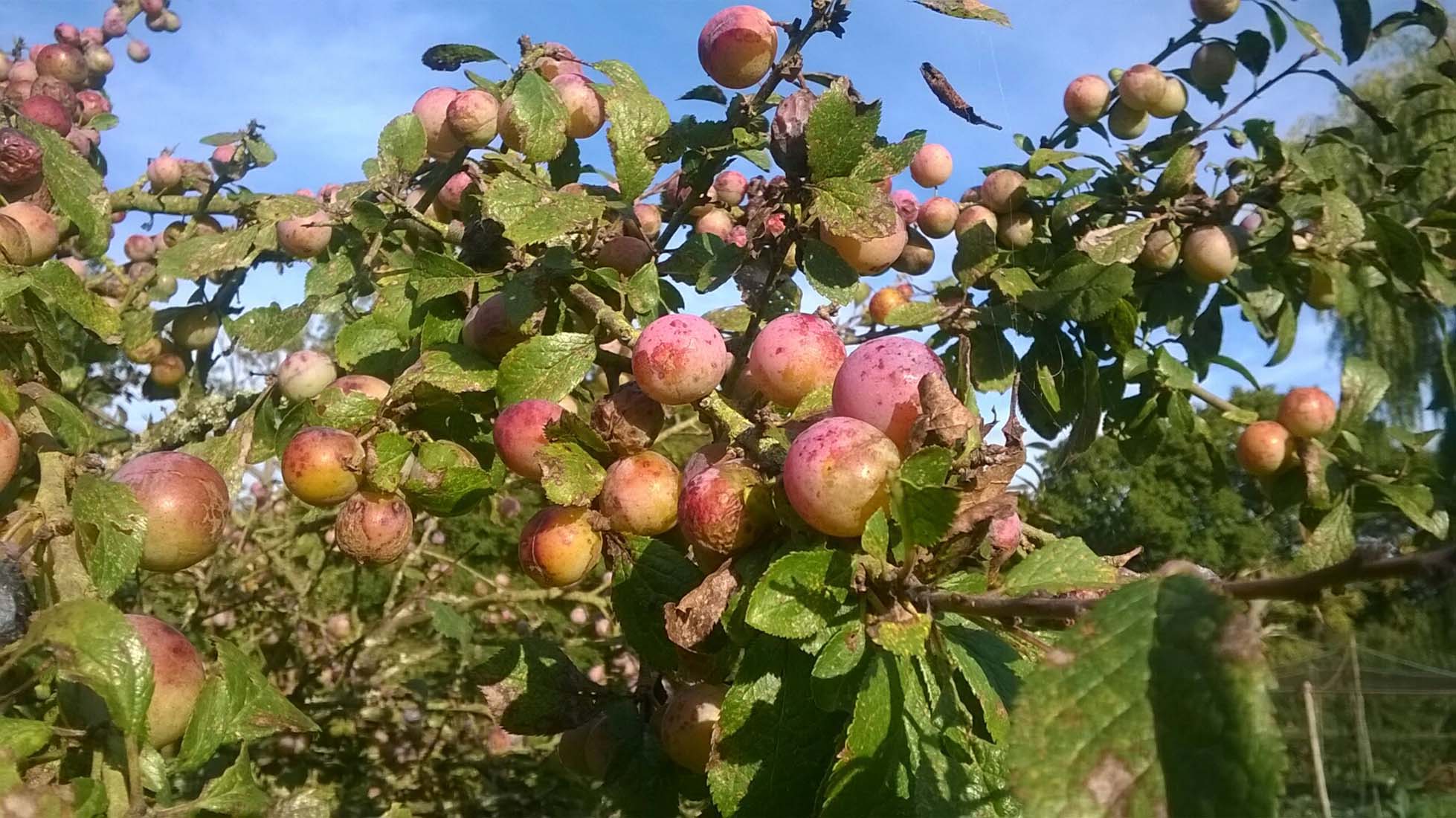
Golden Bullace
Also, considering that around 70% of the apples we consume are imported, growing unusual varieties in local orchards is a fantastic way to champion local produce. This also helps to reduce food miles and lower our carbon footprints.
And let’s not forget the utterly incomparable taste of a freshly picked apple versus a supermarket variety…
Orchards as a refuge for wildlife
Orchards offer a beautiful home to a multitude of animals and insects. From lesser spotted woodpeckers to red-headed cardinal beetles. They’re a mini ecosystem in their own right. The trees and surrounding grasslands support a huge variety of insects by providing them with nectar, grass seeds, fallen fruit, and wildflowers to feed on. The insects, in turn, offer a food source for birds and small mammals, which themselves fuel the food chain all the way up to larger mammals and birds of prey (like peregrine falcons).

Community orchards in cities could even help to establish birds like owls, kestrels, and sparrow-hawks in more urbanised areas.
So every tree is a potential home, and the more the merrier. But taking the human perspective into account, orchards are a win-win. They’re good for us as they provide us with food and a space to socialise, and due to their utility it’s easier to motivate people to protect them. Because the reality is that we only tend to protect the things we care about – so the obvious solution is to empower ourselves and others to care about the things that need protecting. And, more often than not, it’s much easier to cultivate a caring and protective attitude towards something once you’ve authentically experienced and understood it.
So, given time and proper engagement, a small community orchard can become something of a miniature wildlife reserve.
In fact, they offer such special and diverse habitats that the National Trust aims to create 68 new orchards by 2025 in an attempt to increase the number of wildlife-rich areas in the country.
Creating a community orchard
For more information on creating community gardens, you can take a look at some of these great resources:
– Farm Garden’s community orchard start up topic sheet
– East of England Apple’s and Orchards Project
– The government’s community orchards how-to guide
– The Orchard Project
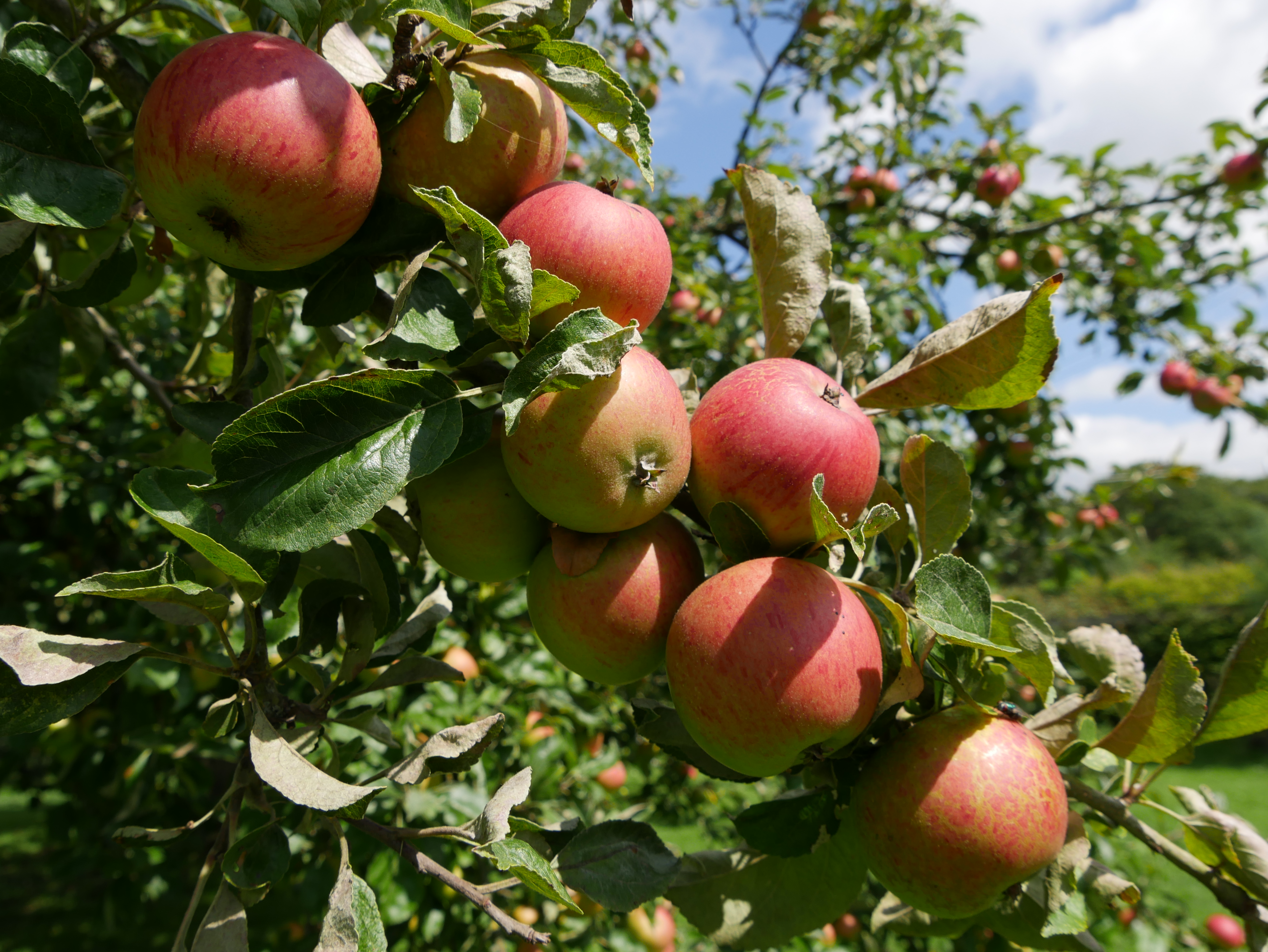
Apples
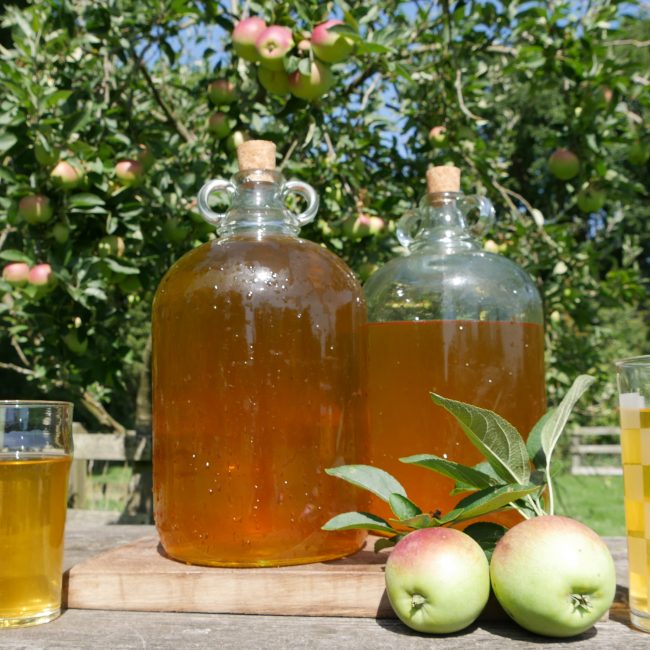
1 comments on The Many Wonders Of Community Orchards
Really well written article !